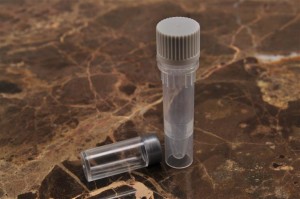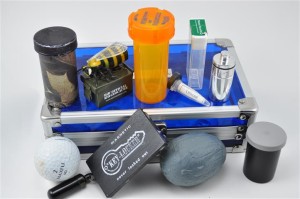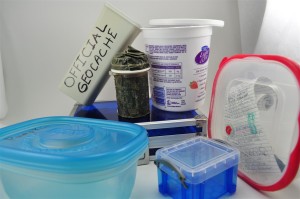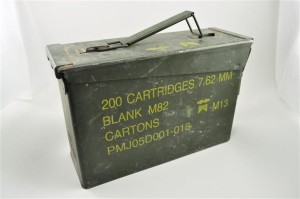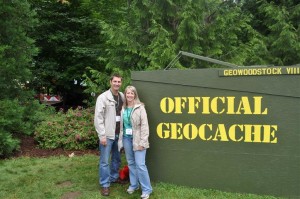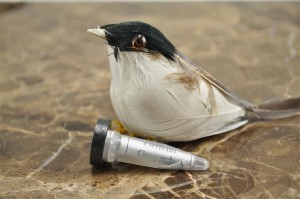Many times new Geocachers are puzzled about the cache container size classifications. It is sometimes difficult for the seasoned Geocacher!
Geocaching.com provides the following guidelines:
Jump Ahead To
Container Sizes
- Micro – less than 100 milliliters (ml). Regardless of the shape of the container, if the total volume is less than 100ml it is categorized as a Micro.
- Small – Greater than 100ml but less than 1 liter (L)
- Regular – 1L or larger, but less than 20L
- Large – 20L or larger
- Other – Read the cache page for more information
NOTE: For those of us that use the imperial system or the United States customary units for volume, 100ml is equal to about 3.4 ounces. 1 liter is equal to about 33.4 ounces
What Geocache containers SHOULD be:
- Clean – Old food containers, pill bottles, etc. must be thoroughly washed to remove any trace of their previous contents
- Water Tight – The containers must be have a good seal to prevent moisture, water, dirt, and critters from making their way in
- Weather Resistant – A container must be able to stand the test of time in the elements. The materials will be exposed to UV light, dirt, heat, cold, and hail (to mention a few)
- Clearly Marked – The exterior of the container should be marked as a Geocache with a permanent marker, paint, or sticker
- Transparent – A recent practice is to use a clear container so that the contents can be easily seen (due to bomb scares)
- Functional – Finders should be able to open and close the container without tools or hurting themselves
What a Geocaching container should NOT be:
- Shaped like a pipe bomb or other ordnance
- Prone To Rusting – Unprotected metal containers will rust after exposed to moisture (morning, dew, rain, snow, flash flood)
- Poorly constructed – I wanted to say cheap, but that would imply low in cost (which is what we want). Dollar store plastic containers usually warp in hot weather, are too thin where the lid attaches, and become brittle after a couple seasons
- Cardboard – The cache made out of a shoe box, Tootsie Roll bank, or gum package will not hold up to the elements whatsoever
Below are some EXAMPLES of cache containers (NOTE: some containers pictured are not ready to be active Geocaches.)
OK, I couldn’t help but have fun with that last picture. Large cache containers are … well, large. You might imagine that the first cache (stash) container would be a Regular since the word means ordinary, normal, or usual. Nope. It was a Large.
Take a look at the video that Dave Ulmer (The father of Geocaching) took of his first container.
Most containers are straight forward, meaning you will typically find what is pictured above. However, pause for emphasis, Geocachers are ingenious, creative, sneaky, and sometimes devious!
Hiding Techniques
There will be some containers hidden in plain sight but you won’t see them without clearing your mind of previous finds of the same size/type. The clever hider is depending on your brain’s persistence. For example, there is a particular Nano sized container placed a short distance from our home coordinates that is a blatant attack on the seeker’s senses. In fact, to say that there is a cache “hidden” there is a lie. It is not hidden at all. It is hanging from a fence for all passers by to see. It has been attached to that fence since May of 2008 and has not gone missing in spite of the logs that say as much. Many cachers had the same experience as I when seeking this elusive little guy. They looked for what seemed like hours then all of a sudden, it magically appeared as if a ninja attached it while you weren’t looking. You will like these caches.
Let’s talk about cache containers hidden so well that they showcase the hider’s skillful use of underhanded (but still following the guidelines) tactics. The best example of these people are the cachers Wheeler Dealers. Stacie and I searched for a few of their caches in Twentynine Palms, CA a few years back. These cache containers were amazing! I won’t give any spoilers here, but let’s just say that I would have the container in my hands and didn’t even know it. We had the pleasure of meeting them in person at one of the GeoWoodstocks and found out that they take the tools of their craft with them to hiding spots. On-scene they would even air brush the container to perfectly match its surroundings! You will love these caches.
I hate to have to admit this to you, but I once searched for a cache for 5 months! Stacie and I would get up at 5 am to do a quick 2 mile run and she would ask which direction to go. I would try my best to disguise my intent, but she always knew I chose south so that we would run past “that cache”. I think it took 12 attempts. On attempt number 10 I even had a nudge from the Cache Owner and couldn’t find it. It was behind a business (placed with permission of course) and one of the cooks from the nearby Chinese place would go out for a break and ask “Find it yet?”. I would analyze each new log that would come in from successful cachers, hoping to find a tiny clue that would lead me to victory. I read where a couple of cachers turned the power off to the business because they thought the power box was the cache (don’t do this!!!). At first, you will hate these caches, then as you think about your journey, you will click on that button that adds the cache as one of your favorites.
So you see, Geocaches are more than just plastic storage containers hidden in the woods. They come in all shapes and sizes but they all have the same purpose…to be found by YOU!

